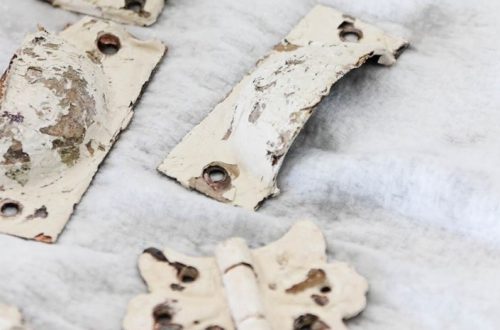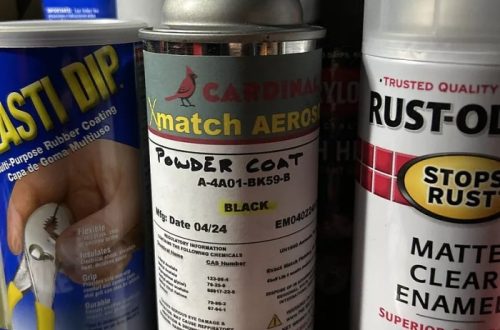In the realm of laboratory equipment, safety reigns supreme. While beakers themselves are instrumental in countless scientific endeavors, their usefulness hinges on the safe and controlled handling of potentially hazardous contents. Enter the beaker tongs, an often-overlooked yet essential tool that safeguards both the scientist and the integrity of the experiment. These unassuming metal graspers play a critical role in ensuring smooth lab operations and protecting researchers from harm.
Part 1: Ensuring Safety in the Lab

Heat Resistance:
During experiments, the contents of a beaker can reach scorching temperatures, presenting a dangerous hazard if touched directly. Handling a hot beaker without proper protection not only poses a risk of burns but also increases the likelihood of shattered glassware. In response to this safety concern, beaker tongs serve as essential tools, providing a safe and heat-resistant barrier between the scientist’s hand and the hot container. Constructed from metals like stainless steel or nickel-plated steel, these tongs are designed to withstand high temperatures without compromising their grip or structural integrity. This heat-resistant construction ensures that the scientist can securely manipulate the hot beaker without discomfort or risk of injury, thus maintaining a safe and controlled laboratory environment. By utilizing beaker tongs to handle hot glassware, researchers can minimize the potential for accidents and injuries, preserving both personal safety and the integrity of experimental procedures in diverse scientific disciplines.
Secure Handling:
Wet or oily beakers can pose a significant risk in a laboratory setting, as their slippery surfaces increase the likelihood of accidental dropping, potentially leading to spills of hazardous contents or contamination of experiments. Beaker tongs play a crucial role in addressing this safety concern by providing a secure grip on the beaker, even when its surface is wet or slick. The design of beaker tongs often incorporates rubberized or coated tips that enhance friction, effectively preventing the beaker from slipping during handling. This feature not only minimizes the risk of accidents and potential exposure to hazardous substances but also supports the overall cleanliness and integrity of laboratory procedures. By ensuring a secure grip on wet or oily beakers, these specialized tongs contribute to the safe and responsible handling of glassware, fostering a secure and controlled laboratory environment conducive to the successful execution of scientific experiments and procedures.

Part 2: Precision and Control in Experimentation
Controlled Transfer:
Experiments often involve transferring solutions from one beaker to another. Beaker tongs enable precise and controlled movement of the beaker, minimizing the risk of spills or contamination. The tongs allow for the beaker to be tilted or swirled at an angle, facilitating the complete transfer of the solution without drips or splatters.
Accurate Placement:
In numerous experimental procedures, precise placement of beakers on heating elements, hot plates, or ice baths is a critical requirement. Beaker tongs offer a solution by allowing researchers to handle hot or cold containers without direct contact, thus mitigating the risk of burns or exposure to extreme temperatures. This protective measure not only safeguards the scientist from potential injuries but also ensures that the beaker is accurately positioned within the designated apparatus, contributing to the reliability and reproducibility of experimental conditions. By utilizing beaker tongs, laboratory personnel can confidently and safely manipulate glassware, enhancing both personal safety and experimental precision. This practice not only minimizes the likelihood of accidents or discomfort for the researcher but also reduces the potential for errors in experimental setup, ultimately supporting the integrity and success of laboratory procedures across various scientific disciplines.
Part 3: Beyond Basic Handling

Lid and Clamp Management:
Some beakers come with lids to prevent spills or contamination. Beaker tongs can be instrumental in securely attaching or removing these lids, particularly when the beaker is hot or contains hazardous materials. Similarly, scientists can use tongs to manipulate clamps holding the beaker in place, freeing their hands for other tasks.
Waste Disposal:
Once an experiment is concluded, the safe disposal of waste is of paramount importance in laboratory settings. Beaker tongs play a crucial role in this process, allowing for the careful and secure transport of beakers containing waste solutions to designated disposal containers. By using beaker tongs, lab personnel can minimize the risk of spills or accidents during the transfer process, thereby ensuring the safe and responsible management of waste materials. This precaution not only safeguards the laboratory environment and its occupants but also contributes to compliance with waste management regulations and best practices. Proper waste disposal practices are essential for preventing environmental contamination, ensuring workplace safety, and maintaining adherence to ethical and legal standards in scientific research and experimentation. By employing beaker tongs to handle waste solutions, laboratories can uphold their commitment to responsible waste management and environmental stewardship.
Part 4: The Silent Partner in Scientific Exploration

Promoting Sterile Technique:
In biological experiments, maintaining sterility is of utmost importance for ensuring the accuracy and reliability of results. Beaker tongs play a pivotal role in upholding this sterility by eliminating the need for direct contact with the beaker, thus preventing the transfer of contaminants from the scientist’s hands to the solution and vice versa. By using beaker tongs, researchers can adhere to aseptic techniques, safeguarding the integrity of biological samples and minimizing the risk of contamination. This practice is especially critical when working with delicate biological materials, such as cell cultures or microbial samples, where even minute levels of contamination can compromise the validity of experimental outcomes. By promoting aseptic handling through the use of beaker tongs, laboratories can maintain the highest standards of cleanliness and sterility, essential for preserving the quality and accuracy of biological experiments and ensuring the credibility of scientific research in the field.
Efficiency and Convenience:

While seemingly simple, beaker tongs significantly enhance laboratory workflow. The ability to handle hot or slippery beakers with precision and control streamlines the experimental process. This efficiency allows scientists to focus on the complexities of the experiment itself, rather than struggling with the safe manipulation of the glassware.
In conclusion, beaker tongs are more than just glorified grabbing tools. They are essential safety equipment that safeguards scientists from burns and protects experiments from contamination. Their ability to provide a secure grip, facilitate controlled transfers, and promote sterile technique makes them silent partners in scientific exploration. By ensuring the safe handling of beakers, beaker tongs play a vital role in the smooth operation of countless laboratories and the pursuit of scientific discovery.


